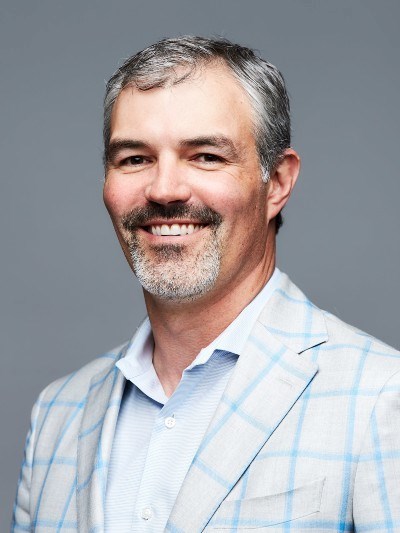Reason #3: Recognize and deploy surplus more efficiently.
Unlike with traditional stop-loss policies, in a captive, a favorable loss experience — i.e., lower claims — in a given year accrues benefits to the self-insured employer, not to the stop-loss insurer. Therefore, funding medical stop-loss risk through a captive enables companies to offset future costs, use the returns to enhance benefits, or distribute as dividends. Some companies choose to reinvest the returns in their companies.
Reason #4: Access the reinsurance marketplace.
Captive owners can access the more efficient reinsurance marketplace for additional capacity, instead of purchasing insurance coverage through the traditional commercial market. These reinsurance arrangements allow captive owners direct access to the same reinsurance markets that traditional carriers use, reducing some of the markups incorporated into traditional pricing. Other efficiencies may include lower state premium taxes and less regulatory burden. Companies that buy medical stop-loss reinsurance coverage through a captive may see anywhere from 5% to 30% savings in premium
Reason #5: Better manage volatility.
Employers who buy or finance stop-loss through the traditional market often set their specific deducible at a level to mitigate volatility on an annual basis below their typical risk tolerance. Sophisticated captive owners segment their health plan risk into predictable annual claims, less-frequent claims that are still within their risk tolerance — i.e., one in every three or five year claims — and then catastrophic claims above their risk tolerance. Using a captive to fund these less-frequent claims affords employers the opportunity to increase their deductible and lower insurance costs, while still reducing the impacts of volatility on their health plan.
Funding a layer of medical stop-loss into an existing captive enables employers to increase their retention while minimizing volatility on their balance sheet. At the same time, they can better understand and mitigate enterprise risk, share in the profits when losses are below expectation, and design a benefit plan that enhances their ability to recruit and retain top talent.


